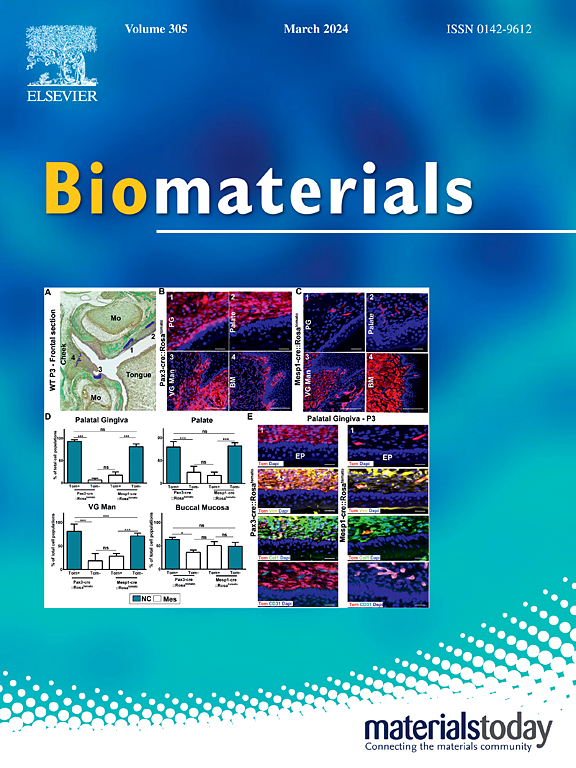Mitigation of arteriosclerosis through transcriptional regulation of ferroptosis and lipid metabolism by magnesium
IF 12.8
1区 医学
Q1 ENGINEERING, BIOMEDICAL
引用次数: 0
Abstract
Metallic cardiovascular stents are crucial for preventing atherosclerosis-induced infarction by offering mechanical support. However, the effects of metal ions released from these stents on atherosclerosis remain ambiguous. This study evaluates the potential impact posed by the degradation products of magnesium-based stents, with a focus on ferroptosis, a key mechanism driving atherosclerosis. Remarkably, our results demonstrate that Mg effectively inhibits ferroptosis in human umbilical vein endothelial cells and in murine, rat and rabbit models. Our studies reveal that magnesium ions impede the dephosphorylation of ERK proteins, thereby enhancing the expression of SLC7A11 and GCL proteins via activation of the MAPK pathway mechanistically. Additionally, magnesium ions downregulate ACSL4 protein expression, leading to decreased levels of acyl-CoA and ether-phospholipids. Eventually, multiple animal experiments indicate that biodegradable Mg stents can inhibit ferroptosis and decelerate the progression of arteriosclerosis, highlighting the therapeutic potential of Mg stents in treating arteriosclerosis.
求助全文
约1分钟内获得全文
求助全文
来源期刊

Biomaterials
工程技术-材料科学:生物材料
CiteScore
26.00
自引率
2.90%
发文量
565
审稿时长
46 days
期刊介绍:
Biomaterials is an international journal covering the science and clinical application of biomaterials. A biomaterial is now defined as a substance that has been engineered to take a form which, alone or as part of a complex system, is used to direct, by control of interactions with components of living systems, the course of any therapeutic or diagnostic procedure. It is the aim of the journal to provide a peer-reviewed forum for the publication of original papers and authoritative review and opinion papers dealing with the most important issues facing the use of biomaterials in clinical practice. The scope of the journal covers the wide range of physical, biological and chemical sciences that underpin the design of biomaterials and the clinical disciplines in which they are used. These sciences include polymer synthesis and characterization, drug and gene vector design, the biology of the host response, immunology and toxicology and self assembly at the nanoscale. Clinical applications include the therapies of medical technology and regenerative medicine in all clinical disciplines, and diagnostic systems that reply on innovative contrast and sensing agents. The journal is relevant to areas such as cancer diagnosis and therapy, implantable devices, drug delivery systems, gene vectors, bionanotechnology and tissue engineering.
 求助内容:
求助内容: 应助结果提醒方式:
应助结果提醒方式:


